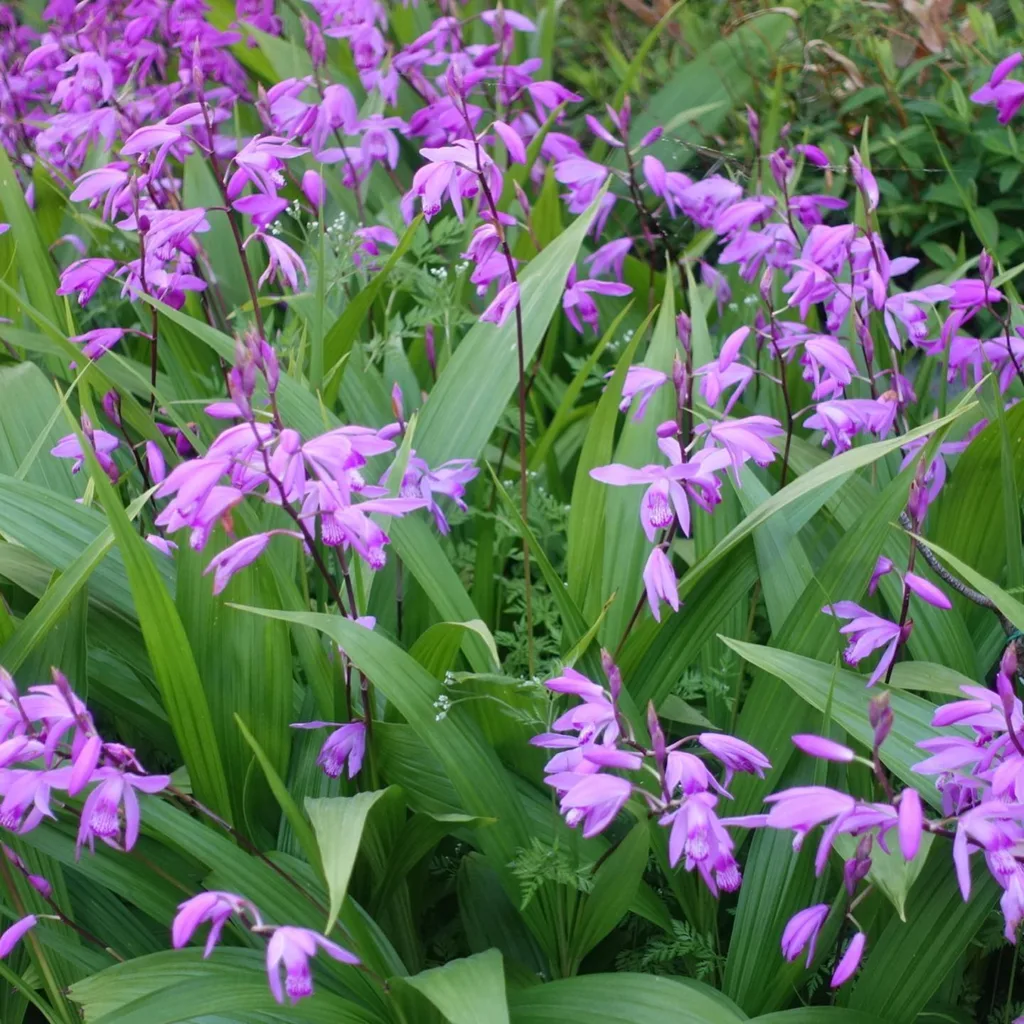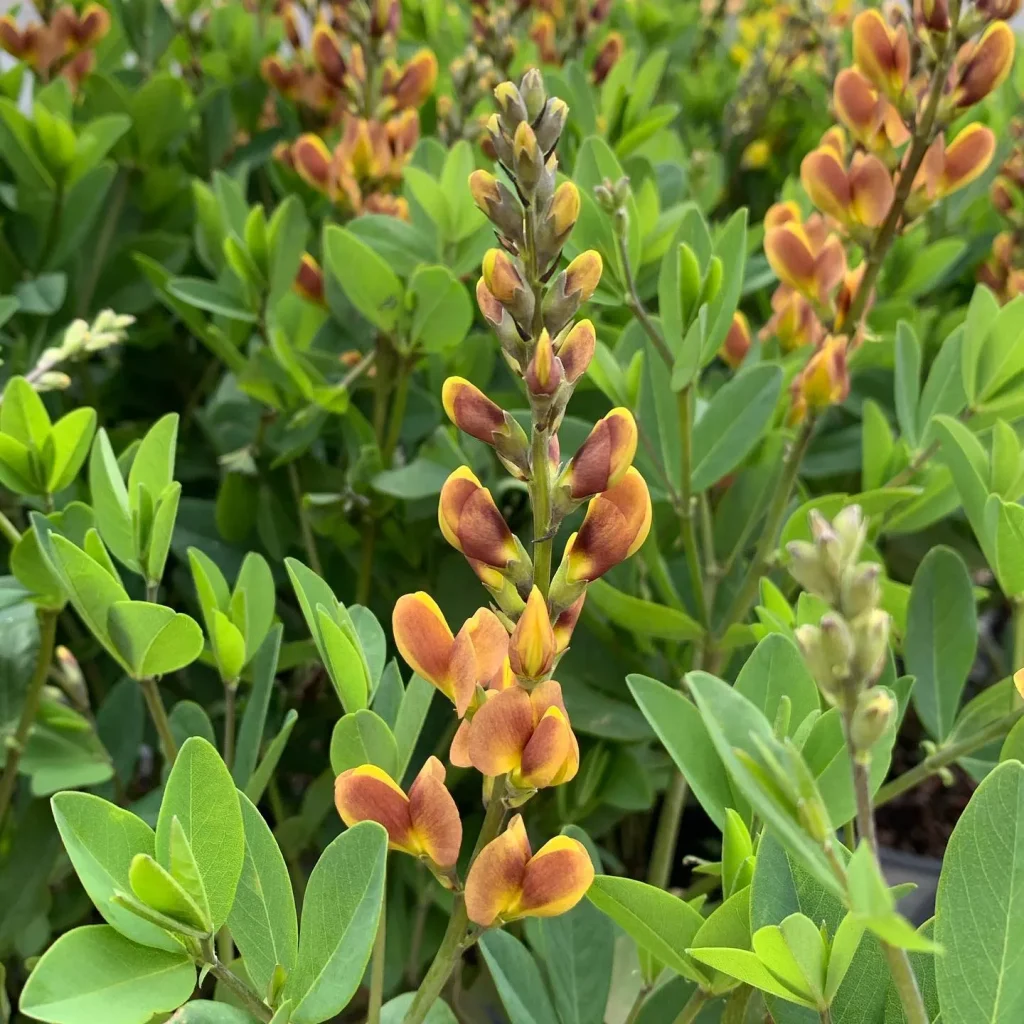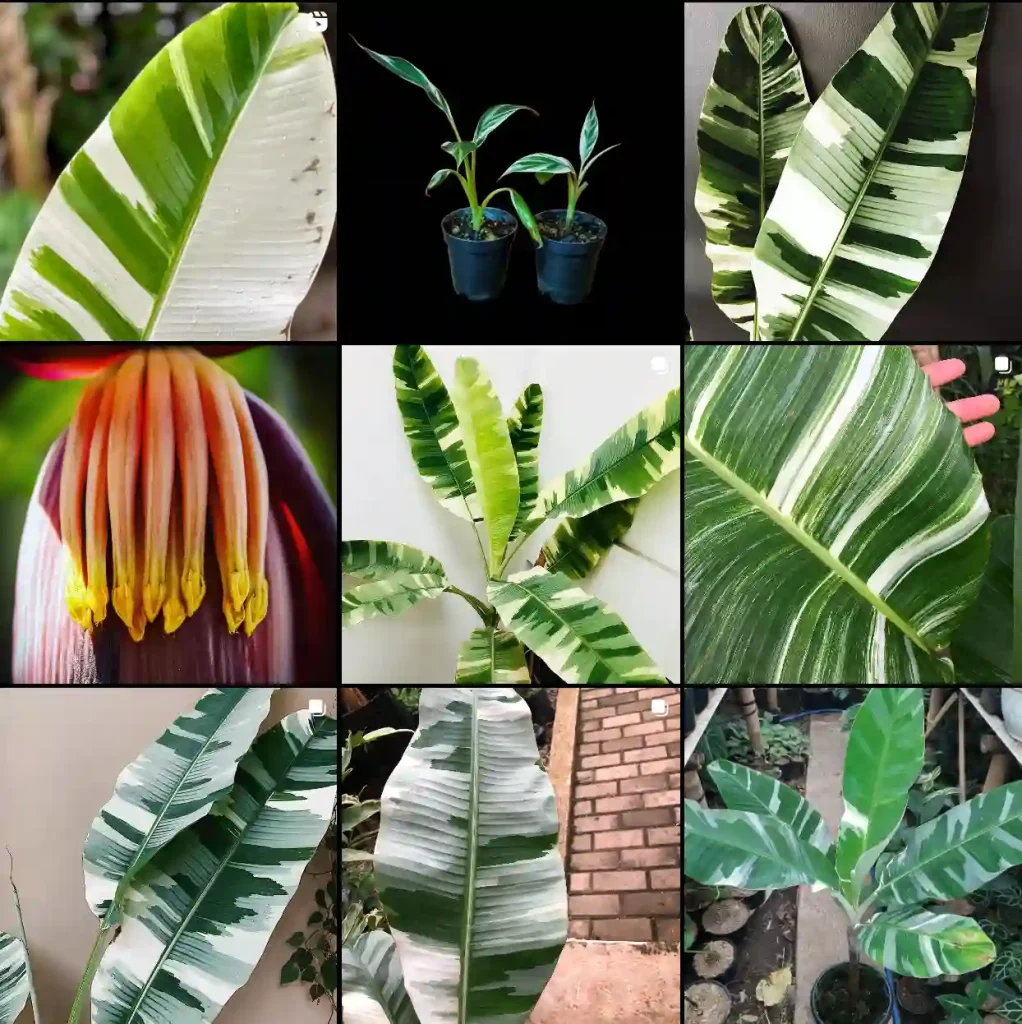Aponogeton: My Aquatic Obsession
My name is Ferb Vu, and I’m an aquarist. That means I’m passionate about all things aquatic, especially the plants that thrive beneath the water’s surface. Among my favorites is the fascinating genus Aponogeton. These plants, with their diverse forms and captivating lifecycles, have held my attention for years. They’re not just beautiful; they’re a window into the intricate world of aquatic botany.
Why Aponogeton?
What draws me to Aponogeton? It’s their incredible diversity. Native to Africa, Asia, and Australia, these plants have adapted to a wide range of habitats, from still ponds to flowing streams. This has led to a stunning variety of leaf shapes, sizes, and colors. Some species, like Aponogeton crispus, have crinkled leaves that shimmer in the light, while others, like Aponogeton madagascariensis, possess intricate lattice-like leaves that seem almost too delicate to exist.
But it’s not just their appearance that fascinates me. Aponogeton species have unique growth habits. Many go through periods of dormancy, retreating into tubers when conditions become unfavorable. This strategy allows them to survive droughts or temperature fluctuations, re-emerging when conditions improve. This cycle of growth and dormancy adds another layer of intrigue to these already captivating plants.
A Diverse Genus
The genus Aponogeton encompasses a wealth of species, each with its own unique characteristics. Here are:
- Aponogeton boivinianus: Known for its large, robust leaves, this species is a popular choice for larger aquariums.
- Aponogeton crispus: This Sri Lankan native is prized for its wavy, translucent leaves and relative ease of cultivation.
- Aponogeton madagascariensis: Also known as the Madagascar lace plant, this species is famous for its delicate, skeletal leaves.
- Aponogeton ulvaceus: This species boasts long, ribbon-like leaves that add a graceful touch to any underwater landscape.
- Aponogeton undulatus: With its distinctive wavy leaf margins, this species is a common and adaptable aquarium plant.
- Aponogeton abyssinicus Hochst. ex A.Rich.
- Aponogeton afroviolaceus Lye
- Aponogeton angustifolius Aiton
- Aponogeton appendiculatus H.Bruggen
- Aponogeton azureus H.Bruggen
- Aponogeton bernierianus (Decne.) Hook.f.
- Aponogeton bogneri H.Bruggen
- Aponogeton bruggenii S.R.Yadav & Govekar
- Aponogeton bullosus H.Bruggen
- Aponogeton capuronii H.Bruggen
- Aponogeton cordatus Jum.
- Aponogeton cuneatus S.W.L.Jacobs
- Aponogeton dassanayakei Manaw. & Yakand.
- Aponogeton decaryi Jum. ex Humbert
- Aponogeton desertorum Zeyh. ex Spreng.
- Aponogeton dioecus Bosser
- Aponogeton distachyos L.f.
- Aponogeton eggersii Bogner & H.Bruggen
- Aponogeton elongatus F.Muell. ex Benth.
- Aponogeton euryspermus Hellq. & S.W.L.Jacobs
- Aponogeton fotianus J.Raynal
- Aponogeton fugax J.C.Manning & Goldblatt
- Aponogeton gottlebei Kasselm. & Bogner
- Aponogeton hexatepalus H.Bruggen
- Aponogeton jacobsenii de Wit
- Aponogeton junceus Lehm.
- Aponogeton kannangarae M.A.Silva, Deshaprema & Manamperi
- Aponogeton kimberleyensis Hellq. & S.W.L.Jacobs
- Aponogeton lakhonensis A.Camus
- Aponogeton lancesmithii Hellq. & S.W.L.Jacobs
- Aponogeton longiplumulosus H.Bruggen
- Aponogeton loriae Martelli
- Aponogeton masoalaensis Bogner
- Aponogeton natalensis Oliv.
- Aponogeton natans (L.) Engl. & K.Krause
- Aponogeton nateshii S.R.Yadav
- Aponogeton nudiflorus Peter
- Aponogeton prolifer Hellq. & S.W.L.Jacobs
- Aponogeton queenslandicus H.Bruggen
- Aponogeton ranunculiflorus Jacot Guill. & Marais
- Aponogeton rehmannii Oliv.
- Aponogeton rigidifolius H.Bruggen
- Aponogeton robinsonii A.Camus
- Aponogeton satarensis Sundararagh., A.R.Kulk. & S.R.Yadav
- Aponogeton schatzianus Bogner & H.Bruggen
- Aponogeton stuhlmannii Engl.
- Aponogeton subconjugatus Schumach. & Thonn.
- Aponogeton tenuispicatus H.Bruggen
- Aponogeton tofus S.W.L.Jacobs
- Aponogeton troupinii J.Raynal
- Aponogeton vallisnerioides Baker
- Aponogeton vanbruggenii Hellq. & S.W.L.Jacobs
- Aponogeton viridis Jum.
- Aponogeton wolfgangianus S.R.Yadav
- Aponogeton womersleyi H.Bruggen
Challenges and Rewards
Cultivating Aponogeton can be challenging. Some species are notoriously sensitive to water parameters and require specific conditions to thrive. They can be susceptible to algae growth and may need periods of dormancy to maintain their vigor.
But the rewards of successfully growing Aponogeton are well worth the effort. Watching these plants flourish in my aquarium brings a sense of satisfaction. Their unique forms and textures add a touch of the exotic to my underwater world.
Beyond the Aquarium
My interest in Aponogeton extends beyond the confines of my aquarium. I’m fascinated by their ecological roles in their natural habitats. These plants provide food and shelter for aquatic life and play a vital role in maintaining healthy ecosystems.
I’m also intrigued by the potential uses of Aponogeton. Some species are used in traditional medicine, while others have potential as food sources. Research into these applications is ongoing, and I’m eager to see what the future holds for this versatile genus.
A Continuing Fascination
My journey with Aponogeton is far from over. I’m constantly learning more about these plants, experimenting with new cultivation techniques, and seeking out rare and unusual species. The world of Aponogeton is vast and full of surprises, and I’m excited to continue exploring it.




